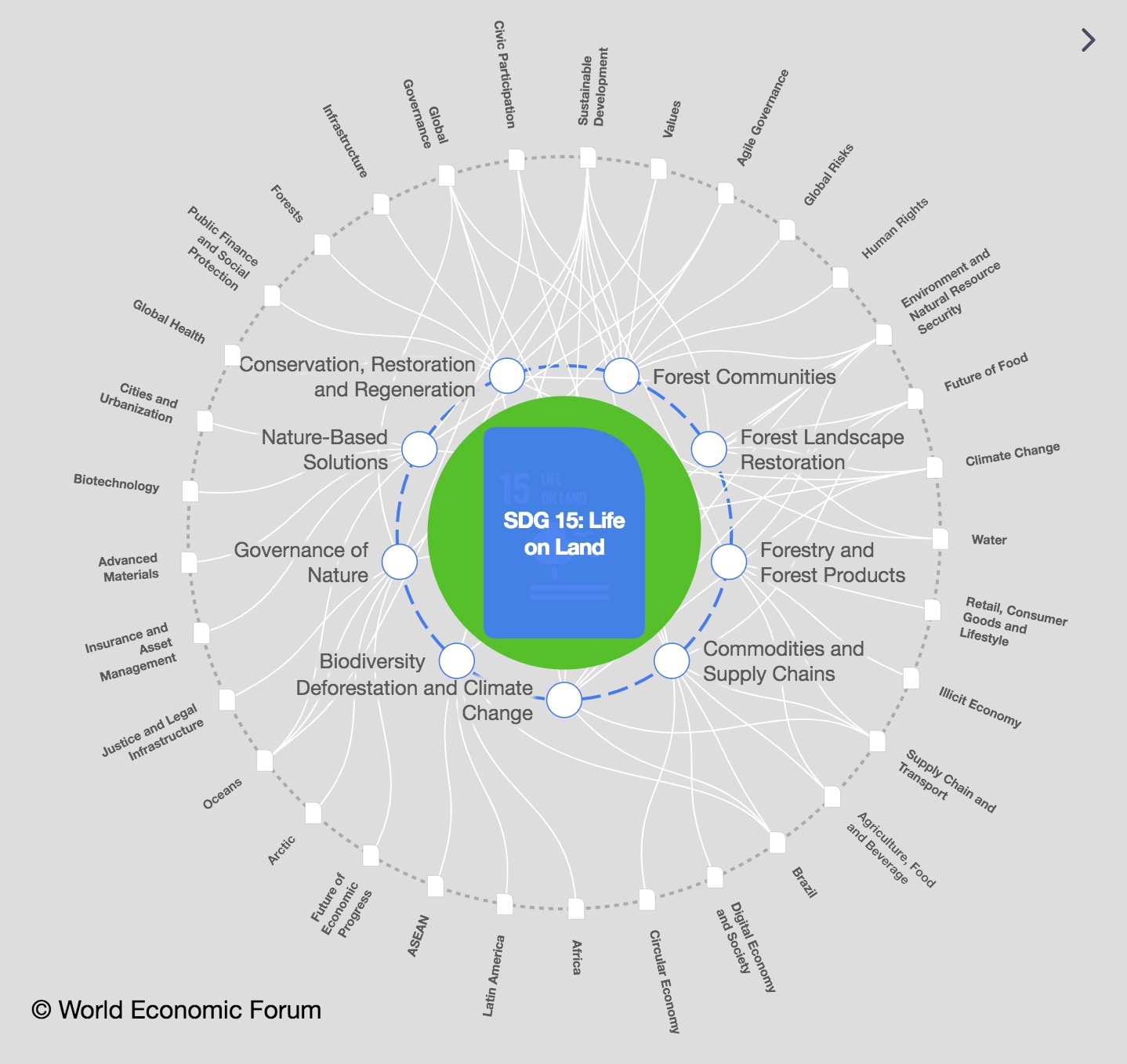This is how many humans have ever existed, according to researchers

It's predicted that 7% of all humans who have ever lived are alive today. Image: Unsplash/Chuttersnap
- It's expected the global population will hit 8 billion in 2022.
- This milestone has prompted researchers to work out how many people have ever existed.
- They estimate that 109 billion people have lived and died over the course of 192,000 years.
- And that 7% of all humans who have ever lived are alive today.

How many humans have ever lived?
In 2022, the world will likely hit a momentous milestone—a population of eight billion.
Of course, this dramatic increase in the world’s human population is a relatively new phenomenon. For many thousands of years, there were fewer people roaming the Earth than would live in a mid-sized city today.
But this does raise an interesting question, though: over the long arc of human history, how many people have ever lived?
The unique and powerful visualization above, from the team at Our World in Data, highlights how many humans have ever lived, and how much of humanity is currently alive today.
Quantifying our ancestors
How many humans came before us? This is the question demographers like Toshiko Kaneda and Carl Haub have attempted to answer.
Quantifying all of humanity requires a firm starting date for when humans became, well, human. Evolution is a gradual process, so figuring out the start date for humankind is no easy task. For the purposes of this exercise, however, the two demographers used 190,000 BCE as the cutoff.
There are two opposing points to consider when thinking about prehistoric humans:
Around the chosen start date, the global cohort of humans was quite small—perhaps as low as only 30,000 individuals.Before the modern era, lifespans were much shorter, so long stretches of time can actually influence numbers drastically.
With this context and timeframe in mind, the demographers estimate that 109 billion people have lived and died over the course of 192,000 years. If we add the number of people alive today, we get 117 billion humans that have ever lived.
This means that for every person alive today, there are approximately 14 people who are no longer with us.
It is these 109 billion people we have to thank for the civilization that we live in. The languages we speak, the food we cook, the music we enjoy, the tools we use – what we know we learned from them.
How much of humanity is currently alive today?
When considering that 7% of all humans who have ever lived are alive today, especially when measuring across more than a thousand centuries, it’s remarkable that such a large portion of humans are currently living.
If we chart the recent global population explosion though, it begins to make sense.
Looking at the chart above, it’s hard to predict which path humanity will go down in the future, and how that will affect future population growth.
It was only in 2007 that the majority of humans began to live in cities, and in 2018 that the majority gained access to the internet. While we’ll never meet the 109 billion humans who laid the foundation for our modern societies, we’ve never been more connected as a species.
What will we do with our time in the top of the hour glass?
As noted on the graphic, this is an updated adaptation of a 2013 visualization by Oliver Uberti.
Don't miss any update on this topic
Create a free account and access your personalized content collection with our latest publications and analyses.
License and Republishing
World Economic Forum articles may be republished in accordance with the Creative Commons Attribution-NonCommercial-NoDerivatives 4.0 International Public License, and in accordance with our Terms of Use.
The views expressed in this article are those of the author alone and not the World Economic Forum.
Stay up to date:
SDG 15: Life on Land
The Agenda Weekly
A weekly update of the most important issues driving the global agenda
You can unsubscribe at any time using the link in our emails. For more details, review our privacy policy.
More on Resilience, Peace and SecuritySee all
Guiseppe Saba
November 7, 2024








